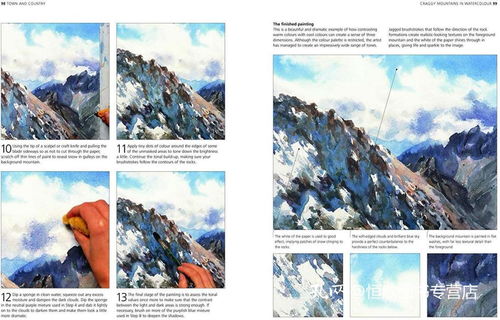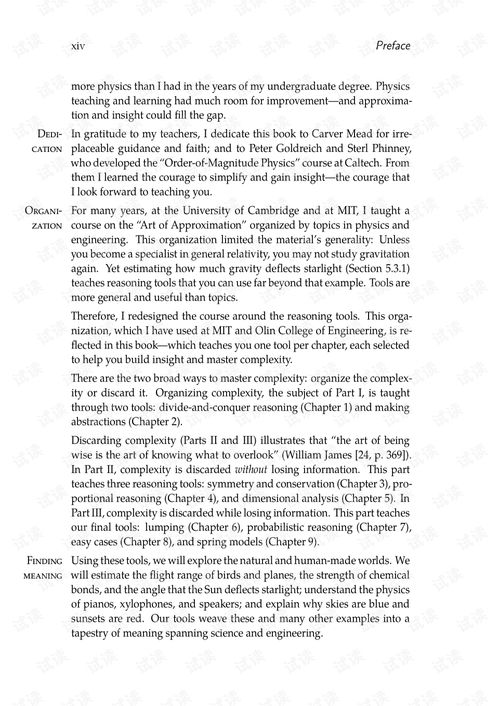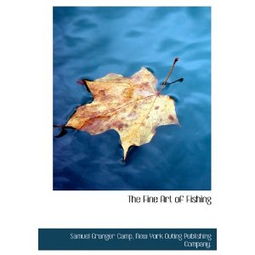Fishing at the Dam Head: Essential Tips for Landing Big Ones

Nestled at the confluence of rivers and streams, the dam head is a prime fishing spot for anglers seeking a challenge and the promise of a rewarding catch. Whether you're a seasoned fisherman or a beginner looking to expand your fishing horizons, mastering the art of fishing at the dam head can turn your day out on the water into a memorable one. Here are some essential tips to help you hook the big ones at the dam head.
Choose the Right Equipment
Before you cast your line, it's crucial to have the right equipment. Here's what you'll need:
- Rod and Reel: A medium-heavy rod with a spinning reel is ideal for the dam head. The heavy-duty rod will handle the strong currents, while the spinning reel is perfect for casting and retrieving lures effectively.
- Line: Use a monofilament line with a breaking strength of 10 to 15 pounds. This will provide enough strength to handle the currents and the size of fish you're targeting.
- Hooks: Depending on the fish you're after, choose hooks that range from 1/0 to 3/0. Ensure they are sharp and well-secured to the line.
- Lures and Bait: Soft plastics, spinnerbaits, and jigs are great choices for the dam head. Live bait like worms, minnows, or crayfish can also be effective.
Understand the Water Flow
The dam head is characterized by strong currents and fluctuating water levels. Understanding the water flow is key to successful fishing:
- Current Patterns: Study the current patterns by observing the water movement. Fish often congregate in areas where the current is slower, such as behind rocks or around structures.
- Water Levels: Pay attention to the water levels, as they can change rapidly. Low water levels may concentrate fish in certain areas, while high water levels can disperse them.
- Weather Conditions: Wind and weather conditions can significantly affect water flow. Wind can create currents that push fish into certain areas, making them more accessible.
Locate the Hot Spots
Dam heads are rich in fish due to the diverse habitats they offer. Here are some hot spots to consider:
- Dam Structure: The face of the dam is a prime spot, as fish often hang out near the structure. Look for areas where the current is less intense.
- Tailrace: The area where water exits the dam is another hot spot. Fish gather here to feed on the debris and insects carried downstream.
- Rocky Areas: Fish often seek shelter in rocky areas. These spots are perfect for using lures or bait that mimic the movement of insects or small fish.
Timing is Everything
The best time to fish at the dam head can vary depending on the season and the fish you're targeting:
- Early Morning and Evening: Fish are most active during these times, as they feed more aggressively to take advantage of the cooler water temperatures.
- During Rains: The sudden increase in water flow can bring fish to the surface, making them more accessible.
- During High Water: Fish may congregate in deeper holes or behind rocks during high water levels, making them more challenging to catch.
Patience and Persistence
Fishing at the dam head requires patience and persistence. Here are some tips to keep you going:
- Adjust Your Technique: If you're not getting bites, try changing your lure type, color, or retrieve speed.
- Stay Mobile: Move to different spots if you're not having luck. The dam head offers a variety of habitats, and what works in one area may not work in another.
- Stay Committed: The best catches often come after a period of trial and error. Stay committed to your strategy and don't get discouraged by a few misses.
In conclusion, fishing at the dam head can be an exhilarating experience with the right approach. By choosing the right equipment, understanding the water flow, locating the hot spots, timing your fishing sessions, and maintaining patience and persistence, you'll be well on your way to landing the big ones. So, grab your gear, head to the dam head, and start casting your line. Happy fishing!












